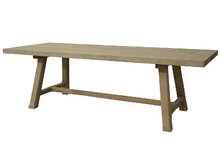Staff Member
- Messages
- 11,209
- Reactions
- 40,980
The cool thing is if you put the lock-set hole to the rear you can route monitor cables through it... you know, for your TV or computer monitor.

great idea!! could also be used to punch out roll pins if one were flipped to the front and had a sheet of thin plywood underneath with a magnet to catch the pins. could make a flush mounted plug that could be removed when ready to use












